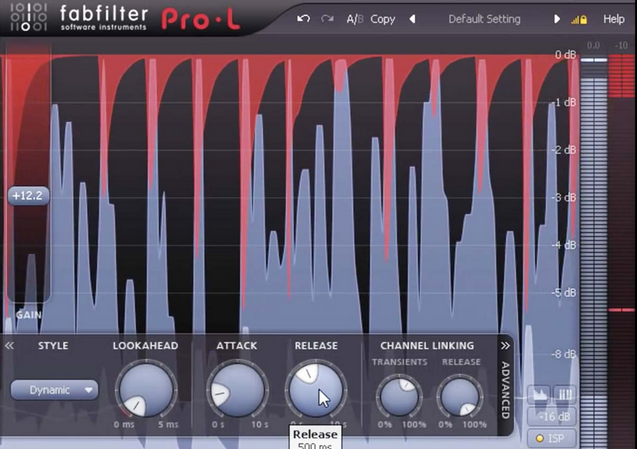A audio limiter is a device or software that is used to control the level of audio by limiting the maximum amplitude of a signal. This is done to prevent audio distortion and ensure that the audio is of a consistent level throughout the recording or playback. Audio limiters can be used in a variety of applications, such as recording studios, live sound reinforcement, and broadcasting.
To use an audio limiter, you first need to set the threshold level. This is the level at which the limiter will begin to reduce the audio level. Once the threshold is set, the audio signal will be passed through the limiter, and any audio that exceeds the threshold level will be reduced to the threshold level. The amount of reduction can be adjusted with the gain reduction control, which determines how much the audio level will be reduced.
There are several types of audio limiters available, each with its own unique characteristics. Some of the most common types include:
- Hard Limiter: A hard limiter is a device or software that reduces the audio level to a set threshold with no room for adjustment. This is typically used in live sound reinforcement to prevent audio distortion.
- Soft Limiter: A soft limiter is a device or software that reduces the audio level to a set threshold with room for adjustment. This is typically used in recording studios to control audio levels without introducing distortion.
- Peak Limiter: A peak limiter is a device or software that reduces the audio level to a set threshold only when the audio level exceeds the threshold. This is typically used in broadcasting to control audio levels without introducing distortion.
- Dynamic Limiter: A dynamic limiter is a device or software that reduces the audio level to a set threshold based on the audio level in the signal. This is typically used in recording studios to control audio levels without introducing distortion.
- Multi-band Limiter: A multi-band limiter is a device or software that applies limiting to specific frequency bands. This is typically used in mastering to control audio levels without introducing distortion.
In addition to these types, there are also several other types of audio limiters available, including lookahead limiters, transient shapers, and more. Each type has its own unique characteristics and can be used in different applications to achieve the desired results.
When using an audio limiter, it is important to use it correctly to prevent audio distortion and ensure that the audio is of a consistent level throughout the recording or playback. It is also important to be aware of the different types of limiters and how they work, so that you can choose the right one for your specific needs. With the right audio limiter, you can achieve a professional-sounding recording or playback, free from distortion and audio level inconsistencies.



